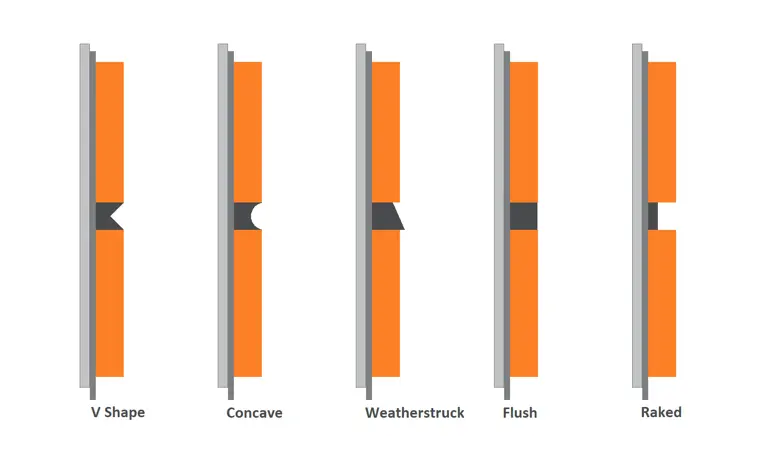Cohesive Design: Seamlessly Integrate Your Home Addition
When homeowners in Montgomery County decide to expand their living space, one question consistently arises: "How do we make our new addition look original to the house?" Here in Jenkintown and surrounding communities like Abington, Cheltenham, Glenside, and the Greater Philadelphia region where architectural character spans centuries, creating a truly seamless addition requires both technical expertise and artistic finesse.
The Art of Seamless Integration
The secret to a perfectly integrated addition lies in understanding your home's architectural DNA. When approaching a new home addition, it is important to first spend time studying the existing home's proportions, rhythms, and details. These elements tell the story of how the house was designed, and that story needs to continue through the addition.
Understanding Your Home's Design Language
Before breaking ground, examine these key elements of your home's design. These are things that professional home addition designers and builders like ourselves can help you with:
Proportional Systems
- Window and door sizes relative to wall space
- Room dimensions and their relationships
- Ceiling heights and their transitions
- Roof pitch and overhang measurements
Material Patterns
- Brick or stone coursing patterns
- Siding exposure measurements
- Trim profiles and dimensions
- Mortar joint styles and widths

Above are examples of various mortar joint styles that can be found on exterior brickwork. Though it may seem like a minor detail, when placed against a new home addition, the variation in style can become much more apparent. At Neven & Son we keep an eye out for details like these, so that jarring changes in material pattern like this don't sink your design. Source of image: https://brickslips.co.uk/news/mortar-finishes-in-depth/
Essential Integration Techniques
Let's explore specific techniques that make additions disappear into the original structure.
Mastering Roofline Integration
One might ask, "How do you make roof lines match perfectly?" The answer lies in these specific techniques:
Match Exact Pitch Angles
- Use a digital angle finder to measure existing roof slopes
- Replicate these measurements precisely in the addition
- Consider adding architectural elements like dormers to break up large roof expanses
Create Thoughtful Transitions
- Set back addition rooflines from the original structure
- Use valleys and cricket details to manage water flow
- Integrate existing soffit and fascia details
Window and Door Alignment
"How do you make new windows look original?" This common question requires attention to:
Exact Measurements
- Match header heights precisely
- Replicate window sill heights
- Use identical trim profiles and dimensions
Visual Rhythm
- Maintain consistent spacing between windows
- Align new windows with existing ones
- Match mullion patterns and glazing divisions
Material Integration Secrets
When homeowners ask about matching materials, we focus on these specific techniques:
Brick and Stone Matching
- Source materials from original manufacturers when possible
- Use color matching services for mortar
- Weather new materials to match existing patina
- Consider salvaging materials from less visible areas
Siding Integration
- Match exposure width exactly
- Use corner boards to create natural breaks
- Install in the same pattern as existing siding
- Consider pre-weathering techniques for wood siding

Creating Seamless Interior Transitions
The interior transition between old and new spaces often reveals an addition's age. Here's how to prevent this:
Floor Level Management
- Survey existing floor heights meticulously
- Plan for imperceptible transitions
- Use gradient transitions over longer distances if needed
Ceiling Details
- Match existing ceiling heights exactly
- Replicate crown molding profiles
- Create transition spaces where height changes are necessary
Oftentimes when a client is building a home addition, walking through the integration process helps them realize they want to make renovations to the existing home as well. If it is in your budget, the best time to upgrade is when building your addition. Putting in that new floor you've been wanting, for example, in both the home and addition will truly make it feel like one cohesive design."
Advanced Integration Techniques
Managing Material Age Differences
To address the challenge of new materials looking too fresh:
Brick and Stone
- Use antiquing techniques selectively
- Consider sourcing aged materials
- Match mortar color and texture exactly
Wood Elements
- Use pre-weathering treatments
- Match grain patterns and wood species
- Apply aging techniques to match patina
Creating Natural Breaks
Strategic use of architectural elements can hide transition points:
Exterior Techniques
- Use bump-outs to create visual breaks
- Incorporate architectural features like chimneys or pilasters
- Position downspouts at transition points
Interior Approaches
- Place doorways at transition points
- Use built-in elements to mark transitions
- Create purposeful sight lines
Planning Your Integration Strategy
Remember, this can be complex and detail oriented and we don't expect you to do the following steps on your own. For a complete and full review, reach out to us at Neven & Son so we can get your dream home addition designed and integrated seamlessly into any existing home. Call 267-986-3836 or:
Inspections and Approvals Phase
Remember, before any build can begin, understanding the codes, regulations, design approval processes, and inspections is a key factor. Learn more at Builder Inspections: Home Addition Success in Montgomery County.
Documentation Phase
- Preparation and Timeline
- Photograph all existing details
- Measure and document all profiles
- Create material samples library
- Record existing paint colors and finishes
Design Phase
- Draw full-size details of all transitions
- Create mockups of critical details
- Plan for material sourcing and aging
- Consider seasonal construction timing
Build Phase
How it's done matters. Check out the process of a new build here.

Common Questions Answered
Q: "How do you hide the transition point between old and new construction?" A: Create a purposeful transition zone using these techniques:
- Install a perpendicular hallway or transitional space
- Use architectural elements like arches or cased openings
- Incorporate built-in features like bookcases or window seats
- Place changes in direction at natural points in the floor plan
Q: "What's the secret to matching old woodwork and trim?" A: Success lies in these specific steps:
- Have custom pieces made to match existing profiles
- Use the same wood species and grain patterns
- Match stain colors through multiple test samples
- Age new wood to match existing patina
- Install trim in the same pattern and sequence
Q: "How do you ensure consistent flow between spaces?" A: Focus on these key elements:
- Create sight lines that draw the eye through spaces naturally
- Use consistent flooring materials and patterns
- Match all interior trim exactly
- Maintain consistent ceiling heights or create purposeful transitions
- Position windows and doors to create natural circulation paths
Getting Started
Remember, to sum up, when planning your addition in Montgomery County or the Philadelphia area, these are your essential points:
- Document everything about your existing home
- Plan for material sourcing and matching early
- Consider seasonal timing for best results
- Work with professionals like Neven & Son who understand local architectural styles to handle everything!
For more information about creating truly seamless additions in Montgomery County contact our team. We understand the unique challenges of matching historical architecture, unique styles, and integrating a home addition seamlessly into both your home and community.
Remember, the goal isn't just to add space – it's to create an addition so well-integrated that even you forget where the original home ends and the new space begins.
Citations
- Norman Builders: Top 5 Contractor Home Additions: Expert Guide for 2024
- Patrick A. Finn: Home Addition Design: Tips for Seamlessly Blending Your Addition
- Better Builders: Make Your New Home Addition Fit Seamlessly with Your House
- Blue Water Design Build: The Ultimate Guide to Your Home Addition
- Ulrich, Inc.: Building Additions that Add Value to Your Home